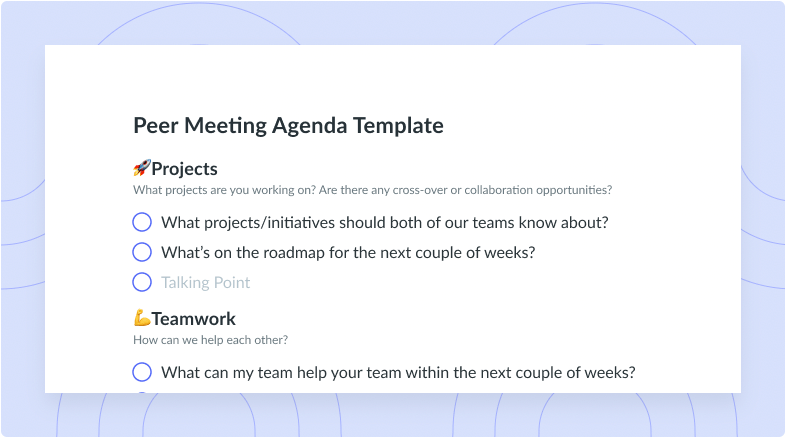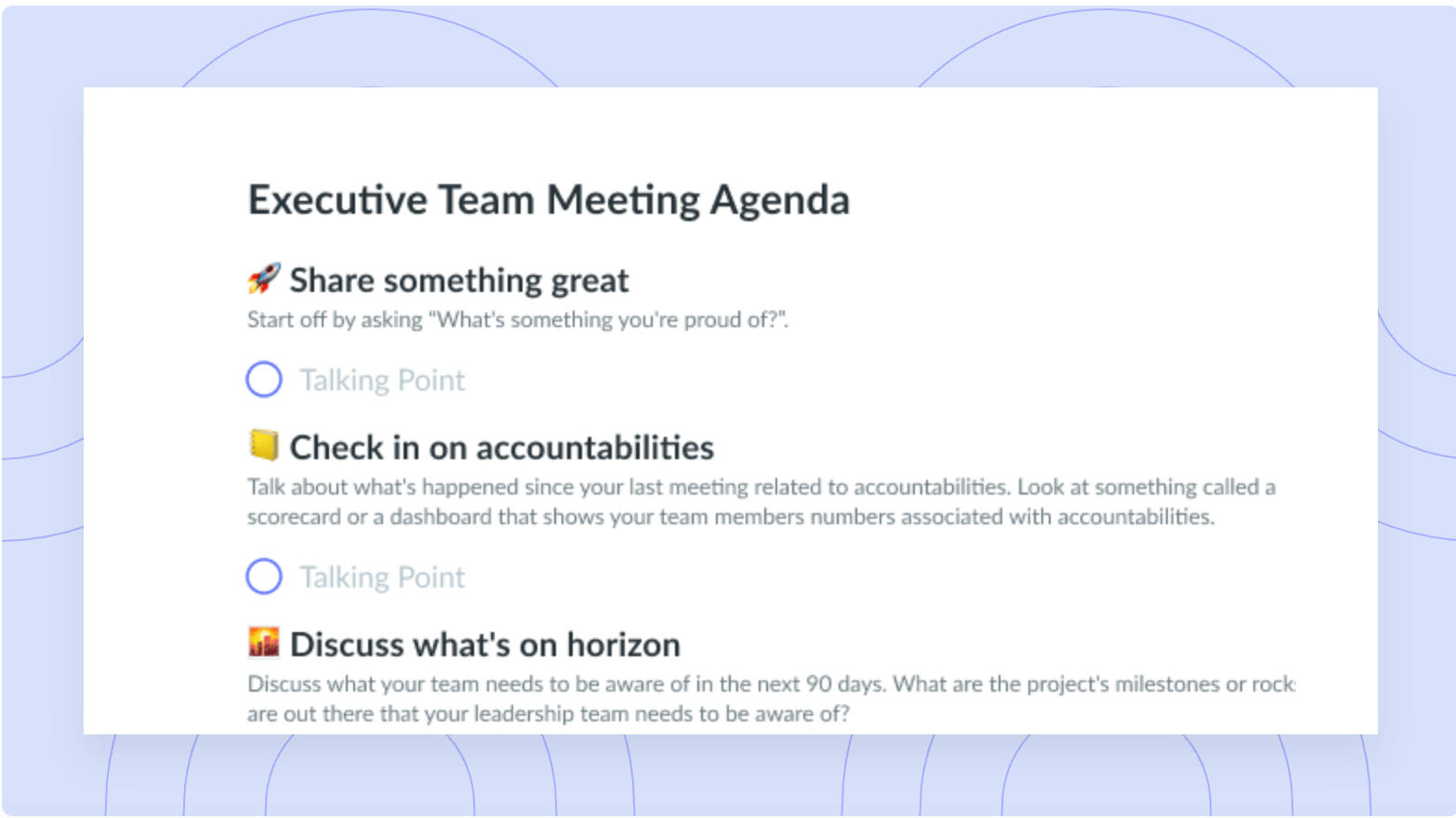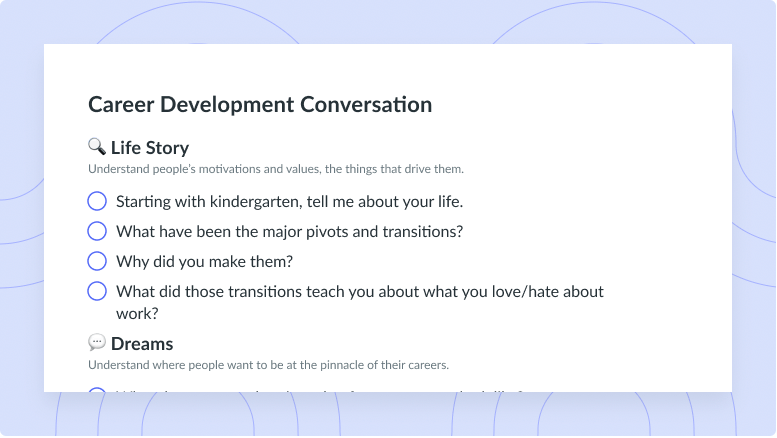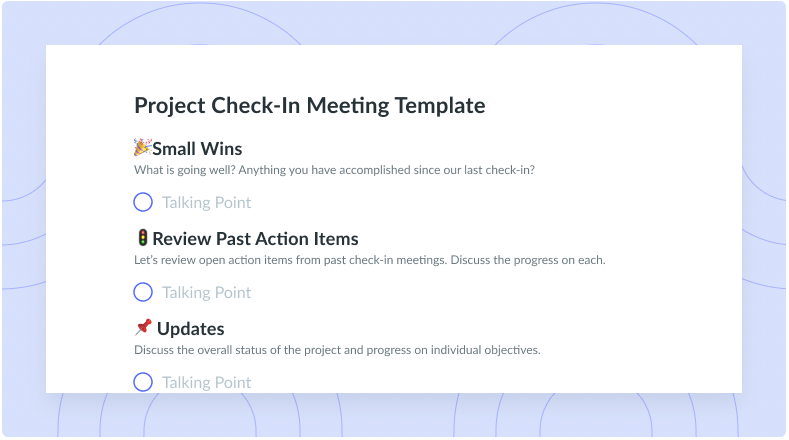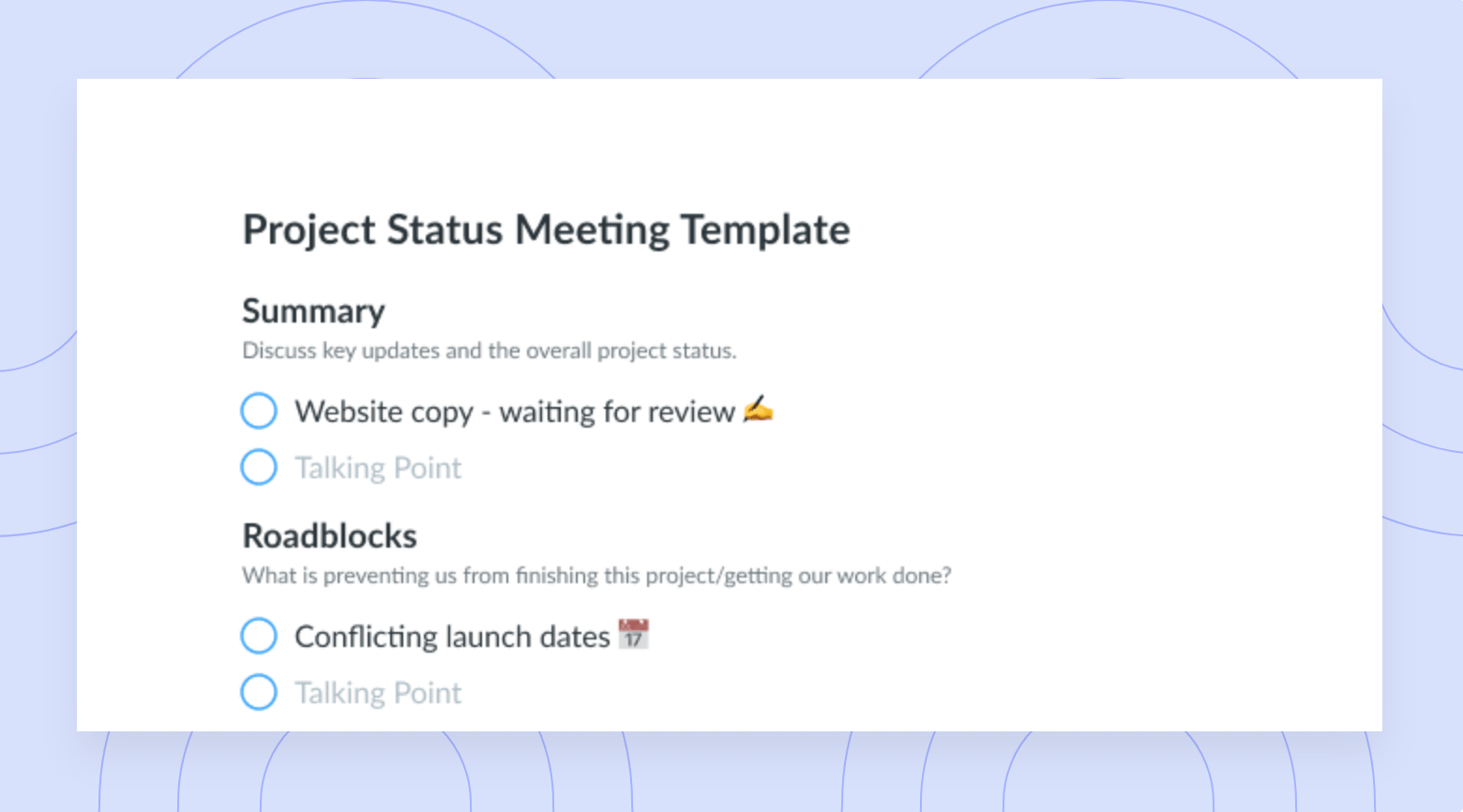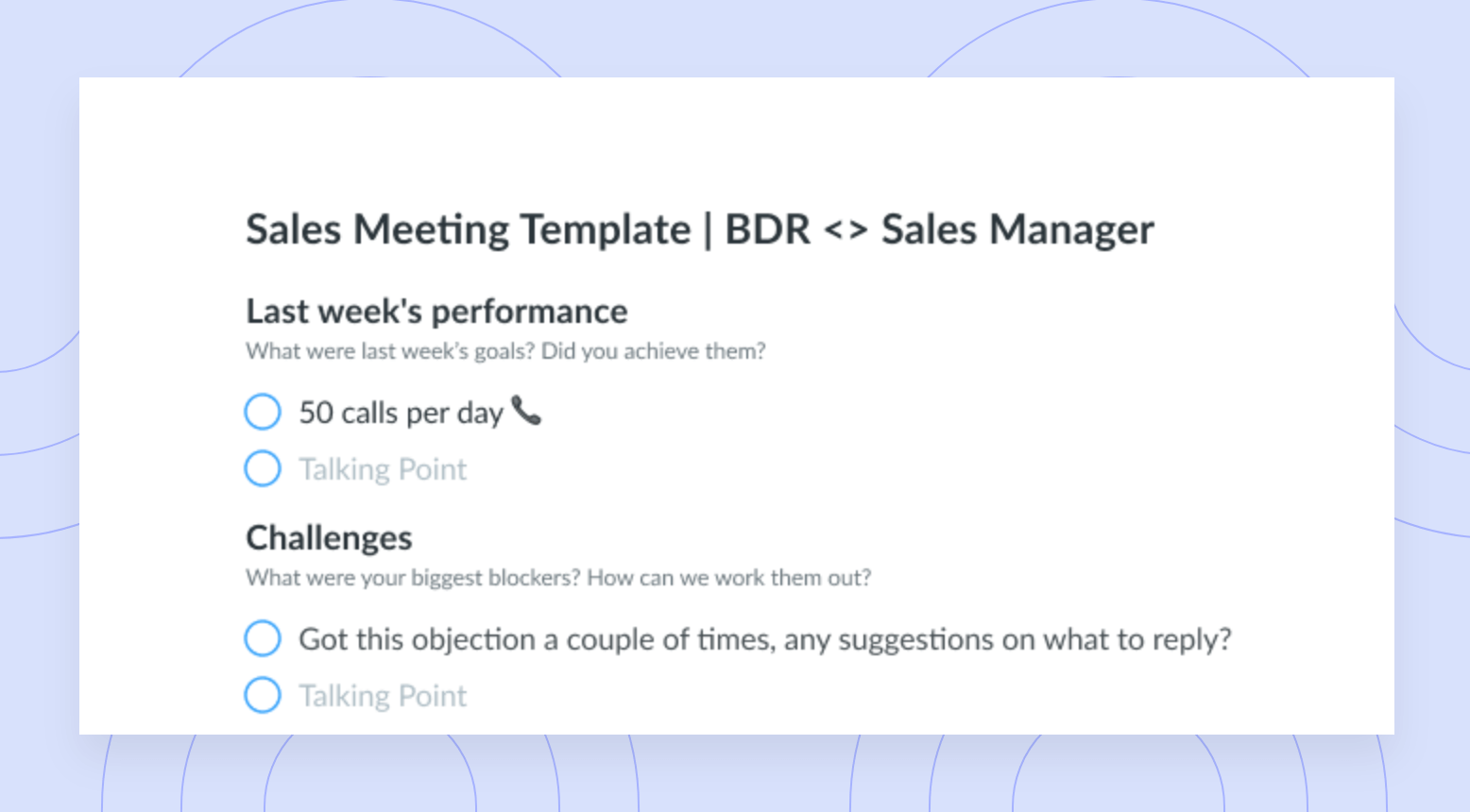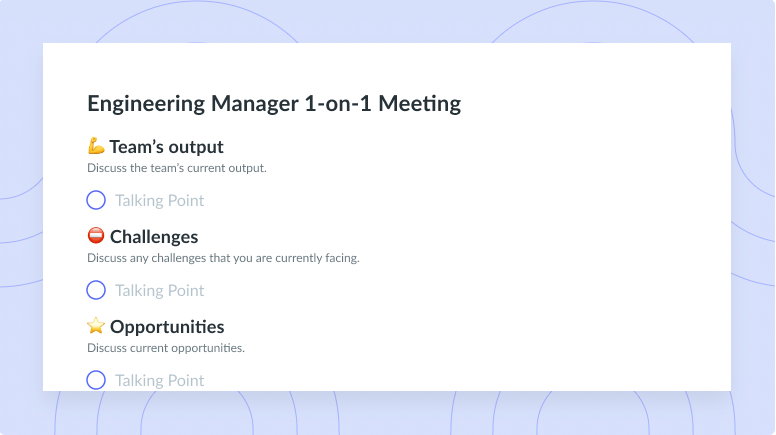Return To The Office Plan: 7 Tips To Ensure A Smooth Transition
As leaders, it’s important that we make the transition as smoothly as possible and ensure that our employees are healthy, safe, and comfortable.
After over a year after the Covid-19 pandemic forced the majority of offices to work from home, businesses are beginning to consider return to work plans. As companies consider the future of work with their organization, there is lots to consider before you ask your team members to work face to face post-pandemic. Based on recent research that PwC administered, which surveyed 1,200 office workers throughout November and December 2020, they documented that 55% of employees said that they would prefer to work from home at least three days a week.
Returning to the office requires some serious consideration with regards to what your team members are looking for as they return to work and what options will be the best for the business. Of course, health and safety need to come first, but where to even begin? This article covers why you should have a return to the office plan, different types of plans, and 7 tips to build a strong and feasible plan.
- Why have a return to the office plan?
- 4 Types of ‘return to the office’ plans
- 7 tips to build a return to the office plan
Why have a return to the office plan?
Creating a return to the office plan is an absolute necessity for any business to transition and continue to succeed. First, considering the severity and contagiousness of Covid-19, it is the organization’s responsibility to look after employee health and put together health and safety requirements. Where employee health should be your number one priority and concern, it’s also important to think about if your business actually operates more efficiently being in the office full time, or if it excels just as much with a work from home model. A return to the office plan ensures the safety and security of employees and allows you to consider the best way for your business to thrive.
4 Types of ‘return to the office’ plans
A full return to the office
If your business used to operate completely face to face, then you’re likely considering a full return to the office. It’s more likely that if you work in the service industry that you’ll be back working in person. That said before you assume things can go back to the way they were pre-Covid, make sure that you consider the best interests of your employees, your customers, and the success of the business.
Partly flexible
Creating a return to the office plan that is partly flexible means that your employees will work from home for a certain amount of days and then come into the office on a select few days. This is a great idea if you feel as if it is more productive to have employees in the office, because you can assign a rotating schedule, to maintain strong employee health.
Permanent flexibility
Permanent flexibility means that you’re giving the choice to your employees to decide if they feel comfortable coming back to work full time, for a few days a week, or if they’d prefer to work completely remote. If you select this option, it means that your business is functioning well with a remote force, and so giving your employees the choice doesn’t risk the business.
Fully remote workforce
A return to the office plan that is organized to sustain employees who exclusively work remotely means that all of your employees will work from home. If your business has thrived during your completely remote operations, then this is the choice for you. This option saves you a lot of money and a lot of time, if it’s right for you and your employees.
7 tips to build a return to the office plan
- Run a survey to understand people’s preferences
- Prioritize employee health and safety
- Get leaders to check-in with their teams
- Determine who returns first
- Consider a hybrid model
- Reinvent your office setup
- Keep personal preferences to yourself
1 Run a survey to understand people’s preferences
It’s a great idea to run an online survey to gain an understanding of what your employees would prefer when it comes to going back to work or remaining remote. In a recent article by the Harvard Business Review, they suggest a specific type of polling to obtain the most accurate results:
“They [leadership] should also distinguish the views of their employees by polling managers separately. Many managers I talk with have found working remotely more frustrating than satisfying because their job involves tasks that are most difficult to do remotely… Managing people is always more difficult when working remotely. So what managers think about the return-to-work plan should carry special weight, and count for more than the views of people who report to them.”
While it’s important to give special consideration to your managers, the opinions of each and every employee matters and should still be taken into consideration.
2 Prioritize employee health and safety
Health and safety is the most important component of returning back to your physical office setting. If you decide that it’s crucial for your employees to be back in office, the focus needs to be on keeping everyone healthy. Things like handwashing, social distancing, temperature checks, sanitizers, and facemasks are now a part of our everyday lives and our corporate cultures, so it’s important that you get it right.
Here are a few areas of health and safety which require special planning and consideration:
- Prevention equipment and supplies
- Deep cleaning practices
- Return to work health and safety training for employees
- Return to work schedules
- Employee screening protocols
- Social distancing policy
- How to handle workplace detected illness
- Communicate changes clearly
For your return to work plan to run smoothly, you need to ensure that you are communicating changes clearly to your employees. Clear, understandable messaging to avoid any kind of uncertainty or confusion is absolutely vital to the success of your workforce returning to the office. Going back to work after this pandemic is going to feel uncomfortable for some, so it’s important that you reassure your employees that you are offering a comfortable, safe and stable environment.
Address any questions that arise such as salary, benefits, work location, office requirements, and where applicable to your company, discuss partly and fully flexible schedules with your team. Your return plan should be communicated in a way to clarify rules and assist the employees with compliance. Images and posters around the office will serve as helpful and informative reminders.
3 Get leaders to check-in with their teams
Strong communication between employees and company leaders is critical. Ask your leaders to check in with their teams to see what their thoughts are on returning to the office and their reasoning behind it. All of us have unique and very different personal lives, which means varying opinions on going back to work. It’s important in this instance to be a good listener and to hold space for your employees. Before you make any critical decisions, make sure that you are giving yourself some time to digest the feedback from your employees and gaining a sense of the most popular opinions and responses.

Pro tip
Use a meeting management tool like Fellow to hold collaborative conversations and document any talking points, feedback, and decisions made.
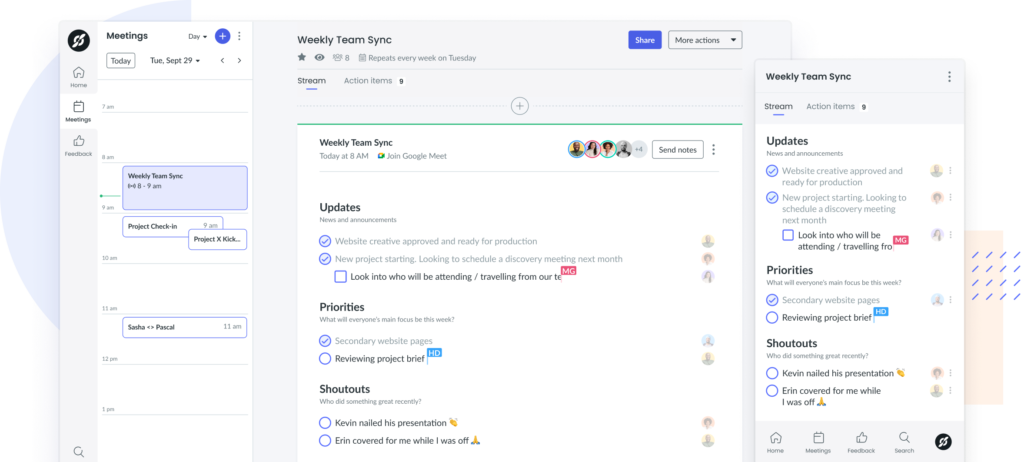
4 Determine who returns first
If your employees are returning to the office, it’s obvious that you can’t just open the doors and welcome everyone back. Create and structure a phased return so that you are considering the health and safety of your employees first and above all else. In an article by Perkins & Will they suggest the following for structuring a phased return:
“Analyze the maximum capacity with distancing by floor and use a percentage as the starting point for a phased return. Anticipate that volunteers to return to the office will exceed your initial target capacity and have a plan for addressing. Reconsider unassigned seating practices (hoteling, hot desks etc.) during the transition phase.”
5 Consider a hybrid model
There’s a chance that not everyone is going to feel ready to return to the office. If it’s feasible for the business, consider implementing a hybrid model. In the same insightful article by Perkins & Will they suggest the following considerations for a hybrid model:
“Employees will not have the same comfort level about returning to an office environment. Employees will not have the same ability to return [based on]: availability of childcare, reduced public transportation services, the need to care for others and the increased risk due to health conditions. The message must be clear that it is ok to defer your return and no reason is needed.”
6 Reinvent your office setup
Because of social distancing measures in accordance with your health and safety regulations, you’re likely going to need to reinvent your office setup. This is a great opportunity to feng shui the office space and give everyone a fresh start as they get back to the office. A few things to consider are ensuring that social distancing measures are put in place. It may be beneficial to have employees working in the closest proximity to the people they collaborate with the most. It’s also important to think about elevators, staircases, entrance-ways, and common areas such as the kitchen.
7 Keep personal preferences to yourself
It’s important that leaders come to their own conclusions, but it’s equally as important to keep personal opinions to themselves. A recent article in the Harvard Business Review explains why:
“… in discussing return-to-work options and scenarios, leaders should keep their personal preferences close to the vest. In government, top-level leaders are taught to never reveal their policy preference to military or intelligence advisors too early to avoid influencing the kinds and quality of analysis. Likewise, at this stage, CEOs should ask questions and refrain from making declarative statements for as long as possible.”
Because this is a matter of health and safety (and can also be a sensitive topic for many), leaders are best to keep their opinions with very few people that they trust until they can make decisive calls on the plan of action.
Parting advice
Because this has been an incomprehensible and difficult year, it’s important that leaders lead with empathy. In an article by Business Insider, they explain why empathy may be the glue that holds your team together post-Covid:
“Employees will not leave a company solely because of the tangibles like pay or return to work — those may be factors, but they are likely to leave if they don’t feel valued, understood, and supported… The leaders that handle this pivotal moment most successfully will be C-suite leaders that lean into their humanity and empathy…”
As more people become vaccinated and we begin to see a light at the end of the tunnel, remember that it is the employees that make your company as successful as it is and so it is your duty to put them first, to make them feel seen, heard and supported. Best of luck from everyone at Fellow with your return to the office plan.





![The 5/25 Rule: How to Apply It [+ Example]](https://fellow.app/wp-content/uploads/2023/05/The-525-Rule2.jpg)



